Hello,
Sunday 5 January 2014 we went with my parents to take a complete tour to Nazca which is 150 Km far from Ica.
The most important destination was the airport of Nazca to fly over to my the enigmatic lines, since I had already flown and Danitza 5 years ago. On the tour we have added other important milestones such as the visit to the museum Antonini, the aqueducts and the pre-Hispanic religious center of Cahuachi we saw at sunset and gave us a breathtaking view.
Here are the two Argonauts ready to take their small propeller plane! The cost of the flight is 90 Dollars plus a fee of 50 Soles per person. A little’ expensive and turbulent but worth it.
While we were waiting for our turn to other passengers who landed the plane came down with strange faces very encouraging and thanking god to be still alive in many different languages!
IMPORTANT: AND’ advisable not to eat at least two hours before your flight for obvious reasons.
Once the aircraft has taken off the pilot begins to twirl through the lines, here is the line called astronaut.
Here we have the monkey.
Here is a hummingbird, there are at least 20 assumptions about the nature of the Nazca lines, one of the most reliable is that they were made for religious purposes in fact close to the lines offers were found, shells (mollusc) and broken pottery that were in place for ritual purposes. The figures represent sacred animals that were related to the pre-Hispanic presumably be the emissaries of requests for prosperity and especially water that gradually began to diminish as a result of climate change occurred in the area over the past 5000 age. The stylization of the drawings could be explained by the fact that the priests made extensive use of psychotropic substances such as San Pedro connettarsi to the spirit world and the Pachamama, that is the link with the land itself. The lines thus became a means of connection between man, earth and sky.
A few hundred meters from dell'areoporto we went to visit the museum of modern pottery where craftsmen reproduce the same techniques then the famous Nazca pottery.
I used the pre-Hispanic cercamica also to make musical instruments that they played in their rituals. In the picture you can see a whistle in the shape of a dove.
Here the famous bagpipe, already 5000 years ago (Caral – Peru 3000 AC) had discovered the pre-Hispanic musical notes are still in use.
Here is a ceremonial trumpet.
The owner of the workshop told us that his father learned with passion and patience to recreate the cooking method used by the Incas. In place of the lathe used a concave circular plate that were modeled by hand while turning the raw dough.
To give clarity to the ceramics used semi-precious stones rounded fat rubbed on the face and rubbed on the painted pottery and dried in the sun before cooking.
To decorate the jars utizzavano mineral pigments that are blended into the kitchen with ceramic and thin brushes used to paint in the hair of an animal or human hair.
The most beautiful pottery were exclusively for religious purposes and, unfortunately, after much work the priest shattered to the ground as an offering to the gods.
At the end of the explanation in the workshop it was possible to buy some of these handcrafted pieces, from personal experience I can say that they are the nicest and original that can be found all over Peru, very nice and appreciated as a gift return. Indicative price from 10 to 30 Euros.
From the area of the shops of ceramics in a few minutes we arrived at the pre-Columbian aqueducts Cantayo, an impressive feat of engineering that allowed water to local populations at least 2000 years ago to bring in water from the mountains to the desert. It was supposed that an underground river pass into the ground and that the prehispanic have established a tunnel with stones along the path of the water with natural ventilation shafts at certain intervals to facilitate maintenance.
The guide assured us that you could still move from one well to another crawling through the tunnel and saw the heat I do not have to repeat that twice in his underwear and I got stuck inside.
An experience I do not recommend to those who suffer from claustrophobia!
Fortunately, the guide was right and in the end I came out of the well adjacent to crawl about 50 meters.
This work is so ingenious water which still supplies water to farmlands in the area!
From here we moved to the city of Nazca to go see the museum Antonini. This museum houses the most recent findings Italian archaeologist Giuseppe Goldsmiths from the ancient ceremonial center of Cahuachi. The museum was administered by the Italian Center for Archaeological Studies and Pre-Columbian (until the Italian crisis have cut funds) and still is dedicated to the preservation and study of the archaeological heritage of the whole area of Nazca.
In the picture you can see a nasal appendage to make sure that the celebrant looked like a god.
Ceramics that mimic the hallucinogenic plant of San Pedro that was eaten by the priests to propitiate.
Photo of a deformation of the skull impressive. To deform it so they must have pulled so much!
It is thought that this practice was made for babies for the sake of distinction of caste.
My personal guess is that, a priest with a brain so stretched, together with the movement of the pineal gland that resulted and the use of psychotropic substances could be a subject more suited to clairvoyance.
Very interesting and unique section dedicated to that trophy heads heads that have been applied precesso an elaborate mummification and that could be carried around by priests due to a neck rope which passed through a hole made in the center of the forehead. I read that even the modern curanderos (See Mario Pollia) still use the skull of dead people to heal and to obtain favors from the soul of the departed!
Here are other examples of trophy heads, the museum has an entire section, unique, dedicated to these heads of which very little is yet known.
At the end of the tour ended moving from Nazca towards the interior of the desert for about 30 km to the religious citadel of Cahachi.
This name means where they live the blind and fits very well the function of the priests who lived there.
The city was founded before the birth of the Nazca civilization, during the ninth century BC, and declined around the 300 AD, after the invasion of Huari also because of the climate dell'inaridimento.
The permanent resident population was little, because Cahuachi served primarily as a ceremonial center, event possibly associated with the Nazca lines and the giant dunes of white sand that is on the front (Cerro Blanco).
In addition to the ceremonial center was also a necropolis and the worst problem on the site was represented by looting. Many of the burial sites around Cahuachi were unknown until recently, and continue to be a tasty morsel for the grave robbers.
We, too, with the guidance we stopped at an old cemetery that Nazca was unfortunately robbed by several treasure hunters abusive. The funny thing is that the pre-Hispanic cemetery is a few hundred meters from a modern cemetery certainly located nearby to the premises supersitizione.
After a few more kilometer in the desert we finally got to see what they could enjoy the blind.
An extraordinary sunset surrounded by the silence of the desert which in itself, certainly, put them in contact with an extraordinary and uncontaminated. The following images.
In the area of Nazca we would like to point out two other interesting destinations that we have in visitoto 2010: the Gold Museum, to see how the miners of today continue to extract the valuable mineral from the pieces of rock that lead down from the mountains and the museum of Mary Reich tedescona who has dedicated his life to saving and studying the Nazca lines.
We recommend that you book this tour at the travel agencies that are located in the Plaza de Armas in Ica and ask for the extra Cahuachi that would otherwise not be included. The target price is 150 Soles upside and the ride lasts a full day.
TRAVELLER'S TIPS: Given the torrid zone and the desert is essential to bring a large hat, eating frugal meals and hydrate very. For photos to equip themselves with zoom and stabilizer equipment largely for the photo of the Nazca lines plane.
Good adventure and the next!
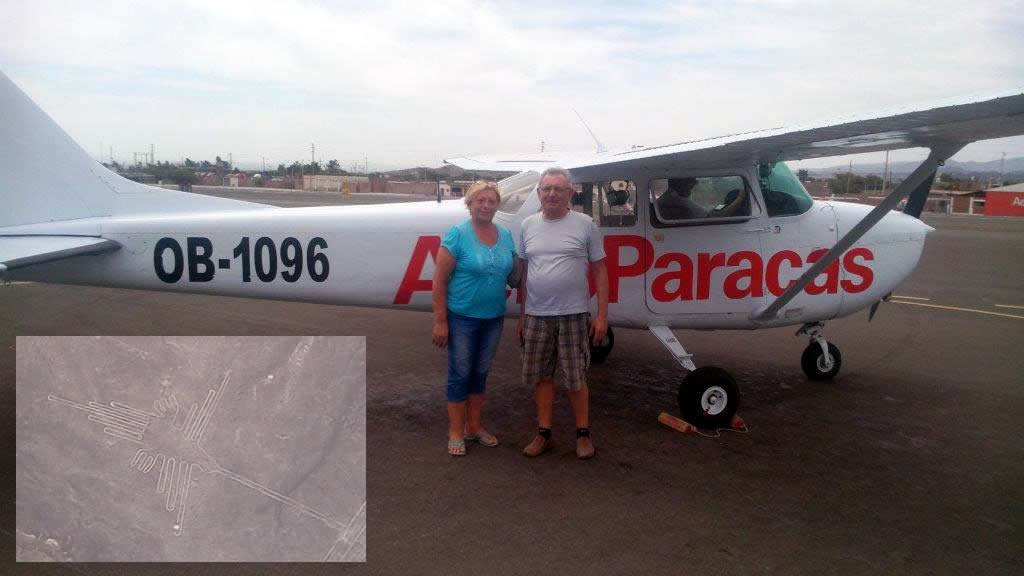
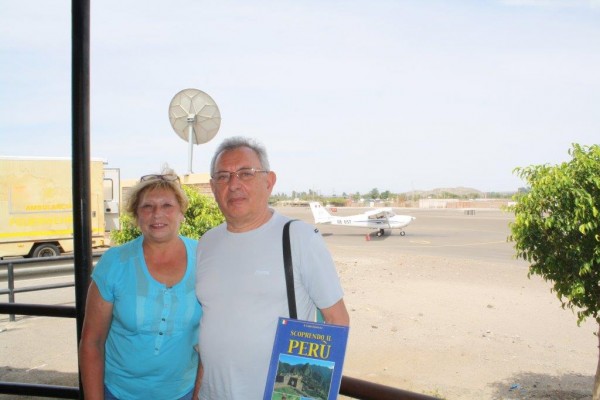
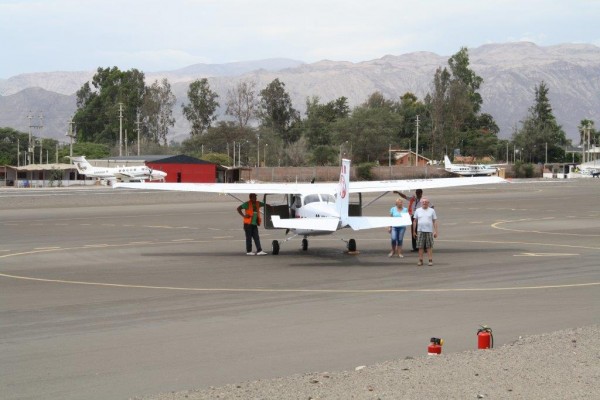
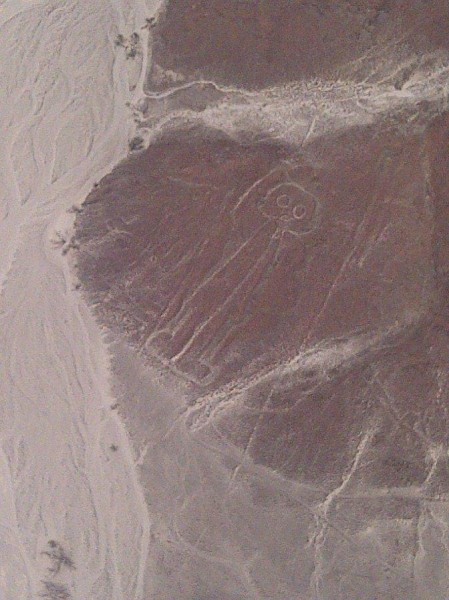
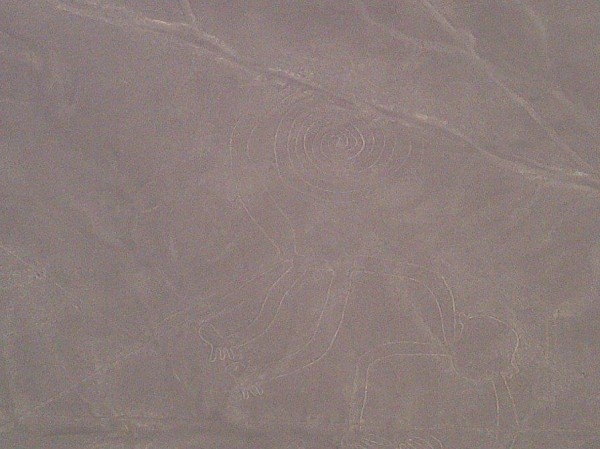
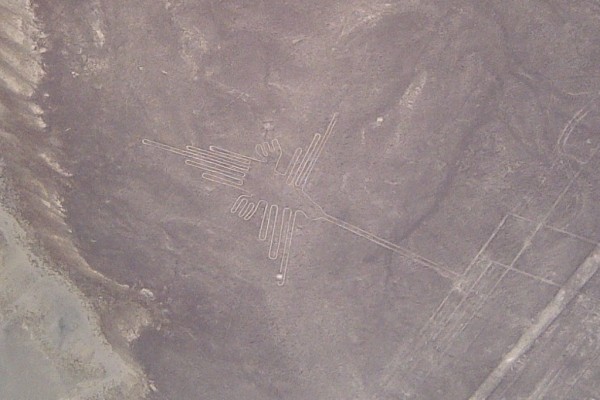
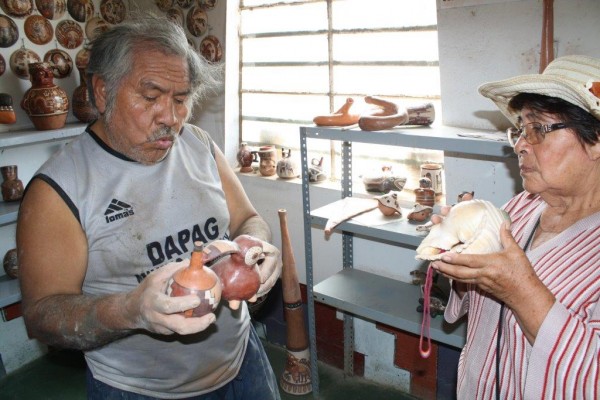
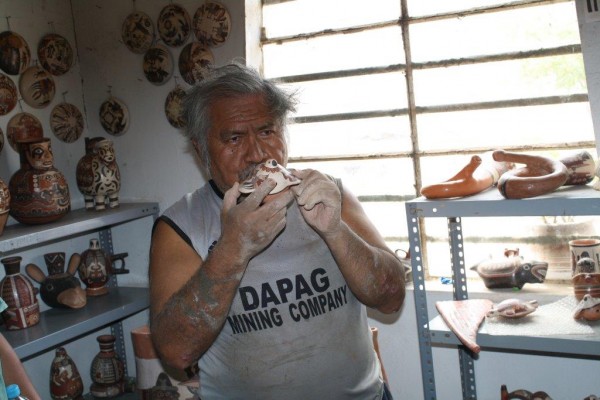
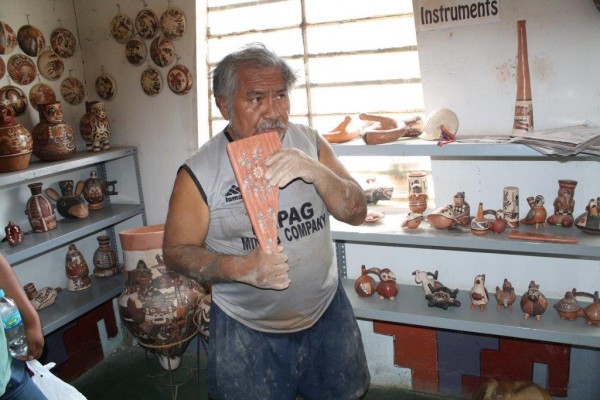
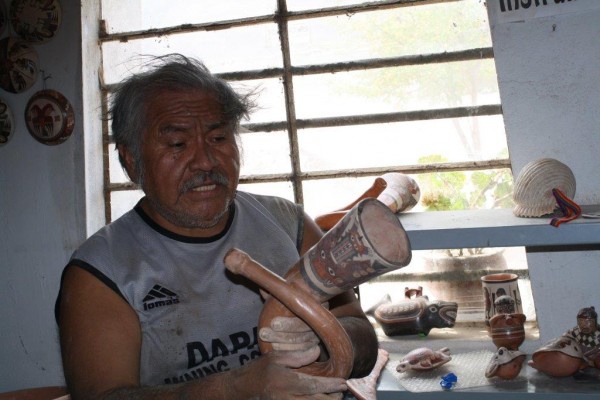
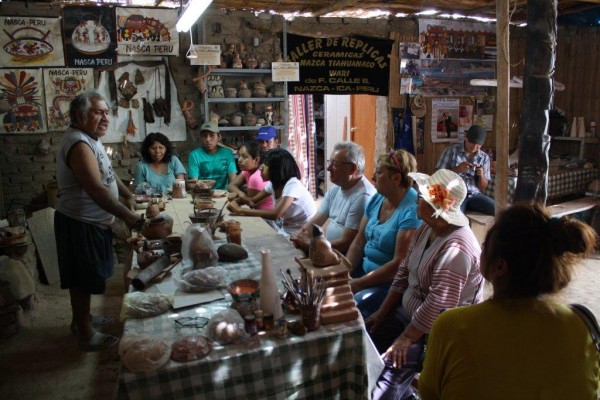
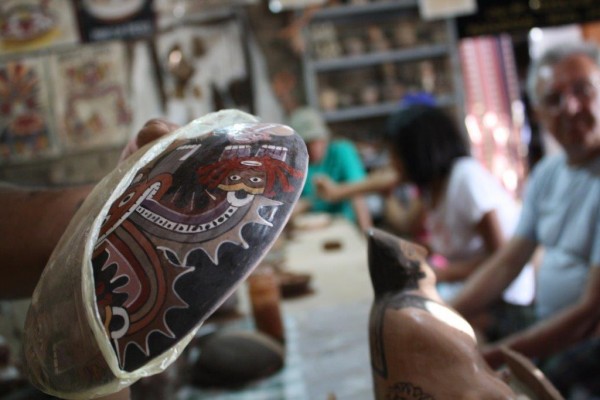
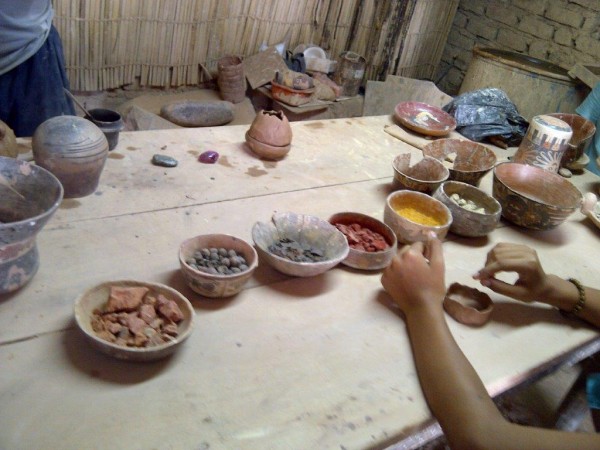
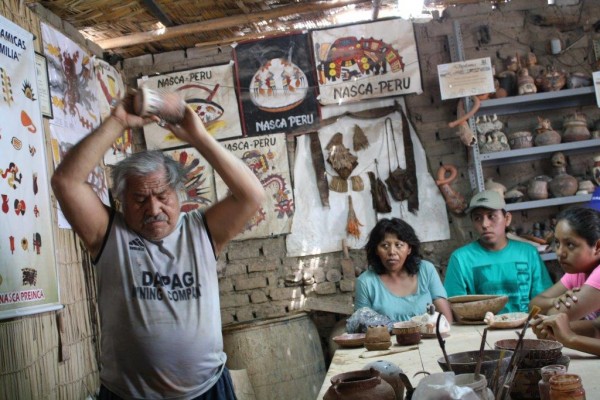
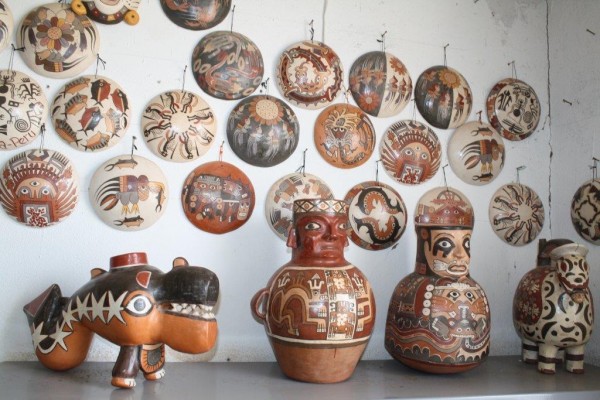
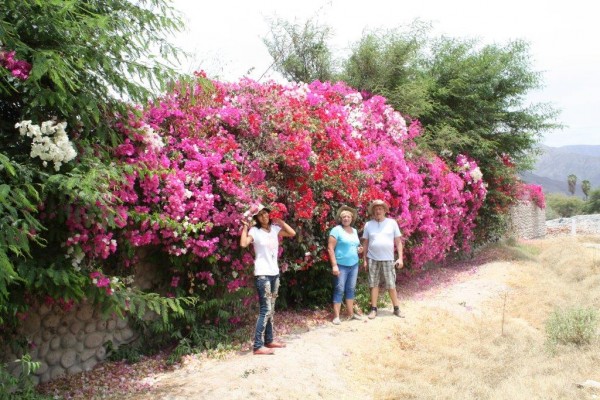
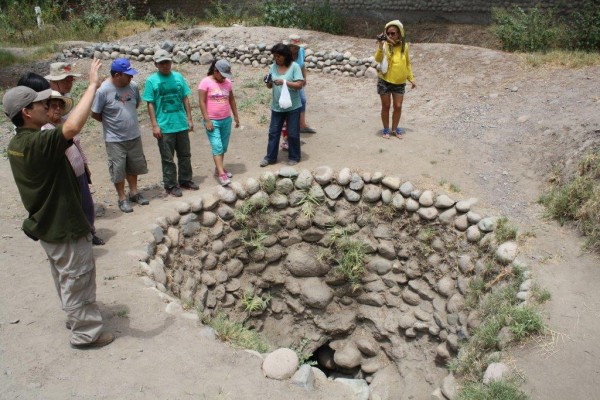
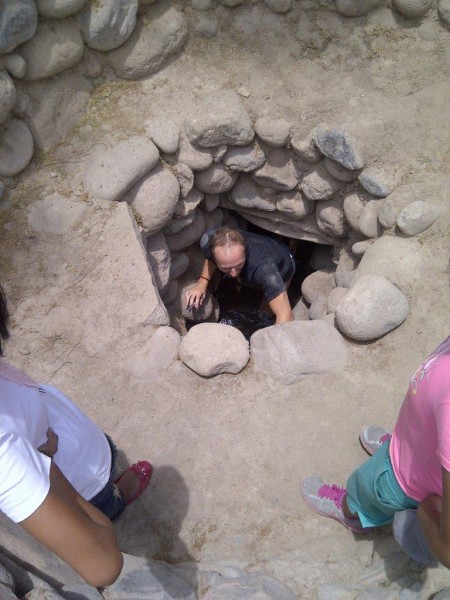
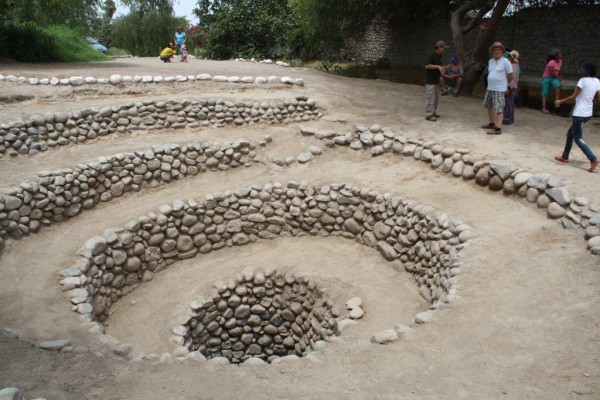
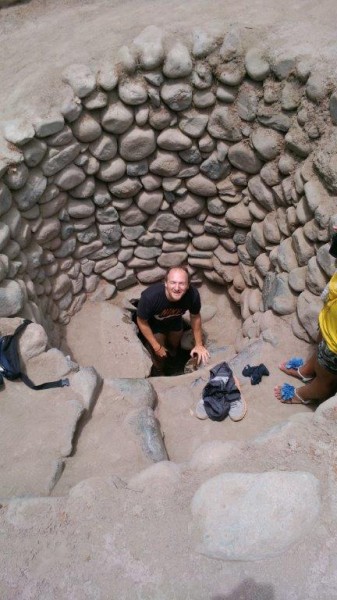
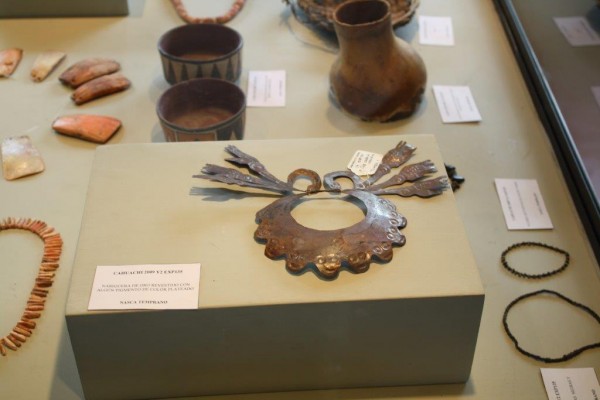
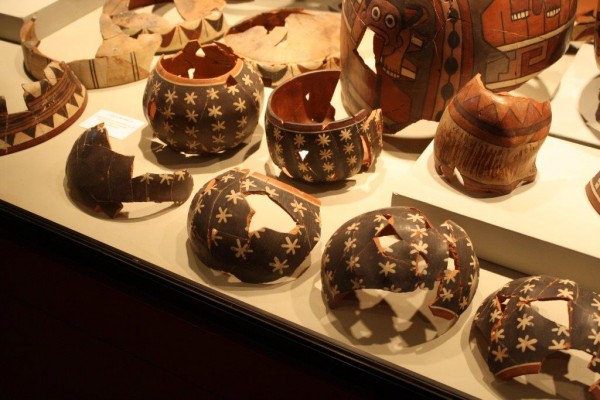
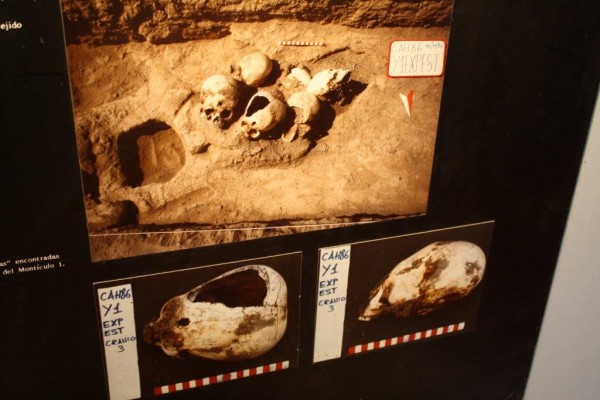
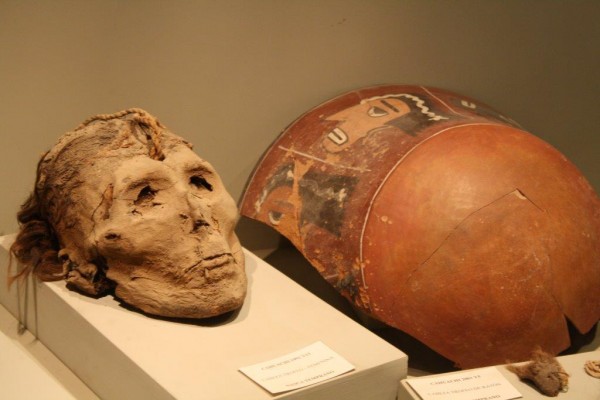
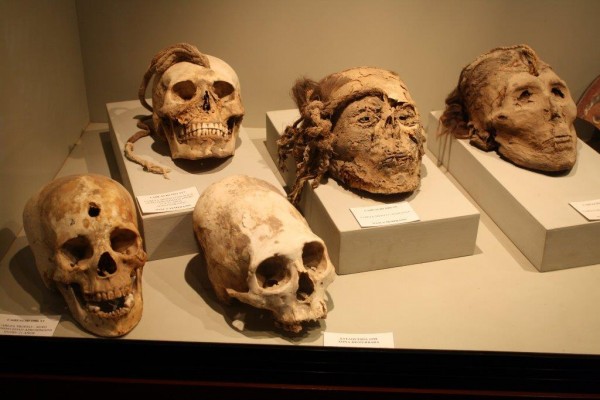
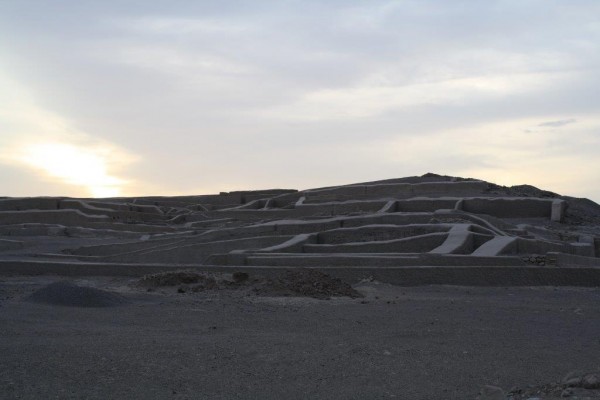
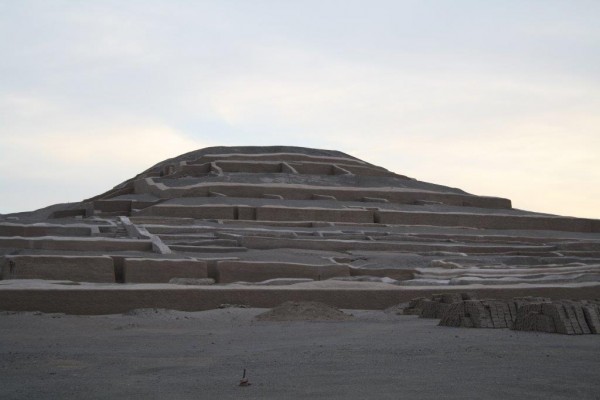
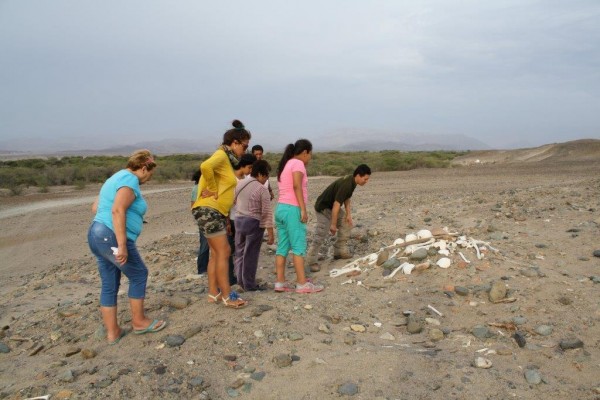
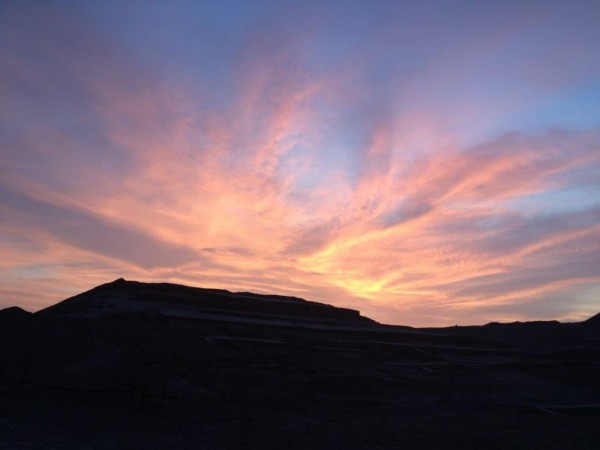

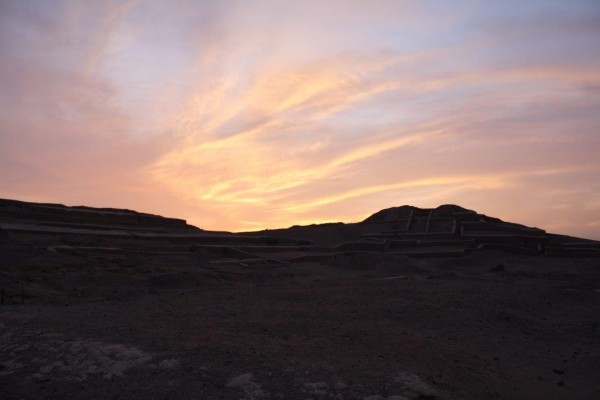
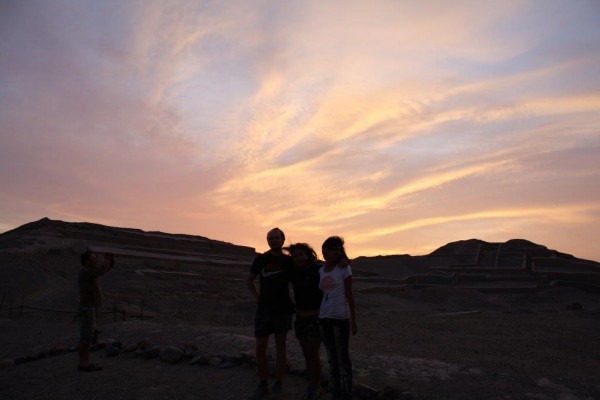
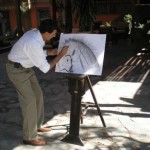
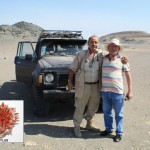
Thank you very much…these items interest me….the religious background of the ancestral traditions
URL: google.com / RebusCruciverba
thanks and a hug
Hello Rebus,
To tell you the truth affect me too much of the pre-Hispanic religious issues.
I was especially impressed with the writings of Carlos Castaneda and Mario Polias (Italian).
Both anthropologists, studied on the field the last traces of religious beliefs Andes which are still handed down by masters curanderos.
The conclusions are quite interesting and unexpected and opened a small door sull'immenistà this theme yet almost entirely unexplored.
As a starting point it is interesting the book of Zacharia Sitchin “The tears of gold”
If you have expertise in an article we investigate two-handed, let me know.
Henry
For the moment, thank you for the bibliography that I propose and hope to find in Lima. A hug
Nice article and congratulations. Photo made very expressive in the right place.
What luck to have seen a sunset so!!!
I'll be back after I informed Cahuachi if you can stand to sleep.
Very good! 🙂